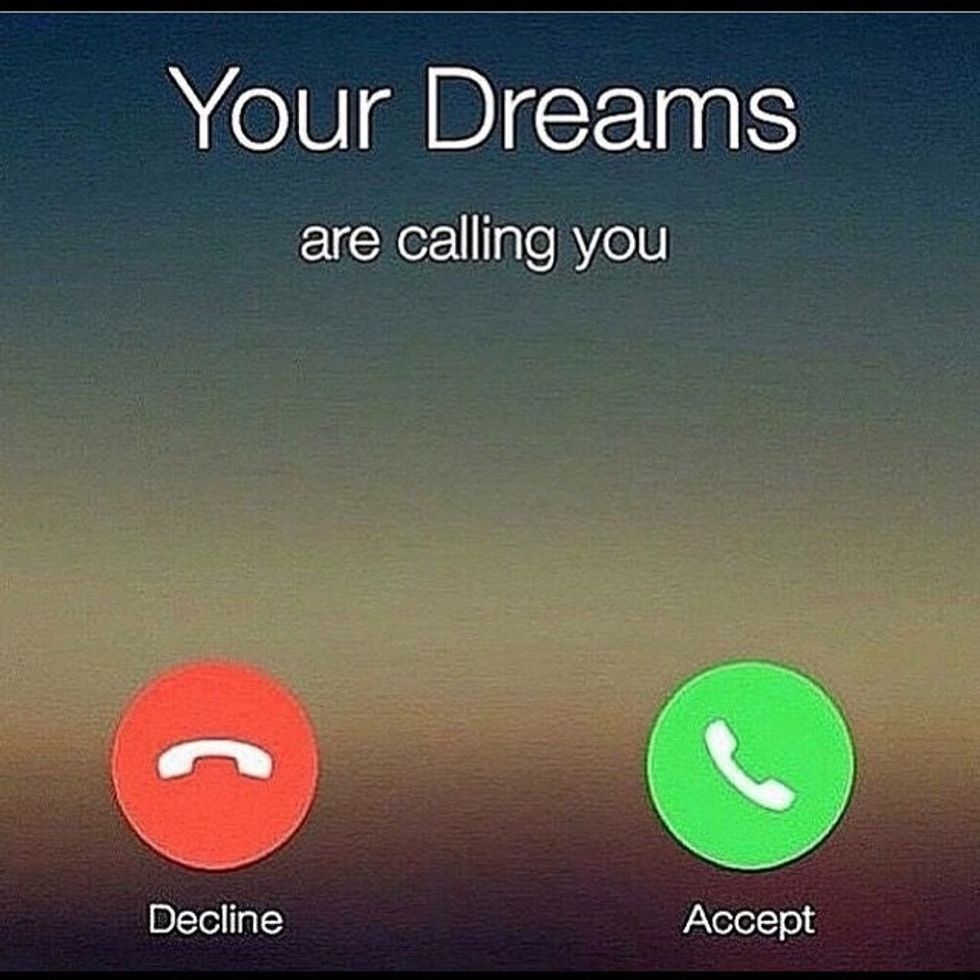It's that time. Costume stores start popping up like weeds, everything becomes pumpkin flavored, and the seasonal aisles are suddenly full of eerie decorations. Everyone's favorite commercial candy holiday is coming, and that means one thing: Sugar Skull costumes.
Yes, I know that's probably not the first thing that popped into your head. However, year after year people can be seen donning the traditional Dia de los Muertos makeup as their disguise for the night. There's just one problem: the Day of the Dead isn't Halloween.
Let's start with some cultural background. Celebrated October 31, Halloween is rooted in ancient Celtic rituals for preparing and storing supplies for winter – its Gaelic name literally means “summer's end.” It takes its English name from the term All Hallows Eve, the precursor to the Christian holiday All Saints Day on November 1st. Historically, celebrants dressed up to frighten evil spirits from entering their homes or bodies. Halloween conjures images of ghouls, decay, the occult, and magic – fun in modern times, but very serious and frightening at its inception. Today, Halloween is an excuse to dress up and get scared. As a highly commercial holiday, it has very little cultural significance anymore. It's simply become an enjoyable celebration that offers a rare opportunity for adults to let their inner child shine.
Dia de los Muertos, or the Day of the Dead, has very different roots. Celebrated November 1 and 2, it's a festival remembering and celebrating the lives of loved ones lost and honoring the cycle of death and life. It isn't just another, “Mexican” Halloween – unlike Halloween, the Day of the Dead remains steeped in culture. It originates from an Aztec festival worshiping Mictecacihuatl, the goddess of death. As the Spanish spread across Central America, the month-long festival began to simply coincide with the Catholic All Saints Day (Nov. 1) and All Souls Day (Nov. 2). Today, it's a way for families to feel connected to their friends and family members who have passed on, as the souls of the dead are said to visit during this time. This holiday remains a respectful and traditional holiday and conjures images of cheerfully decorated gravestones, including the sugar skull motif.
Now in general, wearing sugar skull motifs and makeup respectfully during the actual Dia de los Muertos festival isn't frowned upon. If you're celebrating, feel free to participate in the common rituals. The problem comes when some people conflate Dia de los Muertos with Halloween. When a person wears sugar skull makeup and traditional Central American dress as a Halloween custom, they're basically saying “I don't care that this holds cultural significance – your culture is my costume.”
(A quick aside – this problem is made even worse when it's a “sexy” costume, which propagates negative and dangerous stereotypes of Latina women.)
There are plenty of costumes to pick from and plenty of ways to celebrate Halloween. It's a great holiday that provides the excuse to dress up, eat candy, and get scared in a way no other event does. On Halloween, dead things are spooky; during the Day of the Dead festivities, death is neither scary nor ugly.
Neither holiday is “better” than the other – they're just not the same. They have very different cultural purposes, and serve different roles in the human experience. You can celebrate one or both, you can dress up as Supergirl for Halloween and wear a sugar skull the next day, just think before you paint your face on All Hallows Eve.







 Photo by
Photo by 

 Photo by
Photo by  Photo by
Photo by  a group of people sitting around a table with laptopsPhoto by
a group of people sitting around a table with laptopsPhoto by  people on beach during daytimePhoto by
people on beach during daytimePhoto by  Photo by
Photo by 








